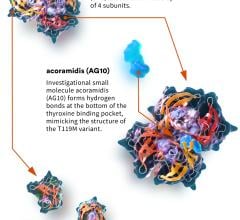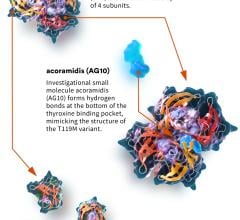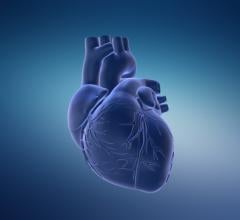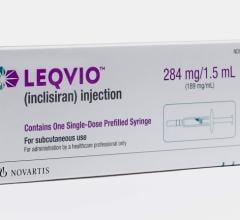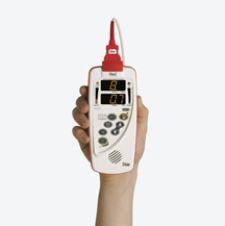
New technology has helped miniaturized bar-code drug administration and patient monitoring systems, eliminating the need for bulky machines or cart-based devices. The pocket-sized devices have helped increase patient safety and help speed triage and diagnosis.
Alternatives to cart-based drug administration
Southwest Mississippi Regional Medical center in Macomb, MS, purchased computers on wheels (COWs) for its nursing staff several years ago. However, due to small patient rooms it was difficult to maneuver them and the tight space frequently meant the COW served as a physical barrier between clinicians and patients. As a result most nurses abandoned them.
When the hospital looked at bar-code systems in 2002 and 2004 this issue was in the back of the mind of Katie McKinley, assistant administrator, nursing services, Southwest Mississippi Regional Medical Center. Both times she said the hospital decided not to adopt the technology because most vendors required a cart-mounted unit. She said the cost to implement those bar-coding systems was estimated to be around $500,000.
“That's a lot of money knowing the compliance would be so low,” she said. “I don't want to spend that kind of money if the system will not be used by the nurses.”
As an alternative to a cart-based system, McKinley said the hospital adopted the hand-held CAREt system made by IntelliDOT. The small device has a built-in bar-code reader that can verify orders from the central pharmacy, verify the patient and automatically check for potential drug interactions or errors. The devices connect via WiFi to the hospital's computer system, where more detailed CAREt information can be assessed and data can be entered using a computer terminal.
The device is simple and looks like a 1970’s calculator. Its initial appearance made McKinley wonder if it was so simplistic it would actually work to aid patient safety or integrate into the hospital's EMR system. She found it did both of those things and it fit perfectly into nurses' workflow. It also quickly gained acceptance when the system proved itself by helping nurses avoid drug errors.
“It is designed for the end-user,” McKinley said. “It is not cumbersome, it does not act as a barrier and it is as simple to use as it looks. The reason we chose this system is because it is small and fits in the nurse’s coat pocket and it can be used in one hand.”
The medical center implemented CAREt in the fall of 2006, and now uses about 150 devices in nearly all its departments. McKinley said the remaining implementation areas are in the ED and OR.
Each nurse is issued a CAREt device, while a second one sits in a recharge cradle ready for the next shift. A session begins with a nurse scanning a bar code on their ID tag. Physician orders are real-time accessible on the device so the nurse can put together the medications needed for each patient. The nurse scans the bar code on the patient's ID wristband and then scans bar codes on the package of each medication to be administered. If drugs scanned do not match the patient or if the dose is wrong or may cause a potential interaction with other drugs the patient is taking, the device will not continue until the nurse has acknowledged the alert.
“This system shows us how many things we would have missed,” McKinley said.
She described two instances where nurses walked into the wrong room and CAREt caught the mistake when the patient wrist bands were scanned and the drugs the nurses had did not match those prescribed for the patients. She said the system also serves as a double check on orders sent from the central pharmacy.
“We now have much safer medication administration because of the implementation of the CAREt,” McKinley said. “It's a wonderful thing. A lot of the staff now say they don't want to give medications until the pharmacy has entered the order into the CAREt system, because they have seen the device catch mistakes.”
Unlike the old COWs the staff refused to use, she said CAREt compliance is at 96 percent.
Motorola's Symbol MC70 and Socket Mobile's SoMo 650 are similar hand-held, wireless devices designed for bar-code drug administration in hospitals. Both have built-in bar-code readers and operate similar to the CAREt system.
The SoMo 650 has the addition of a reader for passive radio-frequency identification (RFID) tags that are imbedded in patient ID bracelets. These can be read even if under a blanket, which the company says eliminates the need to wake a patient if they are sleeping, or for the nurse to touch an unconscious patient.
Pocket-size blood carbon monoxide detection
When a residential building security guard presented in the ED of Boca Raton Community Hospital in Florida in September 2006, his symptoms sounded similar to carbon monoxide poisoning. Instead of using a painful invasive blood gas test for CO, he was quickly triaged using a noninvasive, hand-held Masimo Rad-57 pulse oximeter. The device immediately identified carbon monoxide poisoning and the Boca Raton emergency service was asked to go back to the building to check the CO levels.
They found CO levels in the building lobby where the guard had been that are considered lethal, and about 100 residents in the building were evacuated. A gas-powered generator was found operating in the basement and the exhaust had been mistakenly vented into the building's ventilation system. On-site CO testing using another Rad-57 showed most residents were OK once they went outside, but one additional person was sent to the hospital.
“We had a major save using this device,” said Mary Russell, emergency department nurse and organizational preparedness specialist at Boca Raton Community Hospital, who also works for the Florida Department of Health Office of Public Health Preparedness. “It's a really easy device to use, its noninvasive and you get an immediate reading.”
Russell said this incident was the first time the hospital used the Rad-57. Since then the hospital has detected scores of other carbon monoxide poisoning cases, many of which were unexpected.
“It's really a good triage tool,” she said. “If we relied on our own guessing we would have missed a lot of people. Many people don't realize they are being poisoned. You can't smell it, you can't taste it and you can't see it.”
The Rad-57 devices had originally been purchased by the hospital to help triage people in the ED following hurricanes when a large number of carbon monoxide poisoning cases present due to the use of gas-powered generators when the power is knocked-out. Russell said many people keep their generators inside the house or in the garage to prevent them from being stolen.
The rugged and lightweight Rad-57 is designed for field and hospital settings. Masimo says it analyzes seven wavelengths of light simultaneously to accurately measure carboxyhemoglobin (SpCO) and methemoglobin (SpMet) percent levels in the blood within seconds. It also monitors pulse rate and perfusion index (PI).
It is powered by four AA alkaline batteries, which deliver more than eight hours of continuous monitoring. The Rad-57 also provides up to 72 hours of trending. <

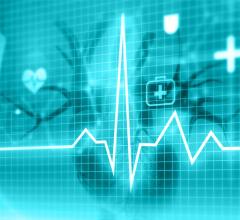
 February 16, 2024
February 16, 2024 

